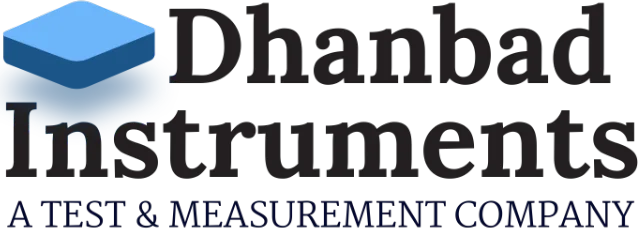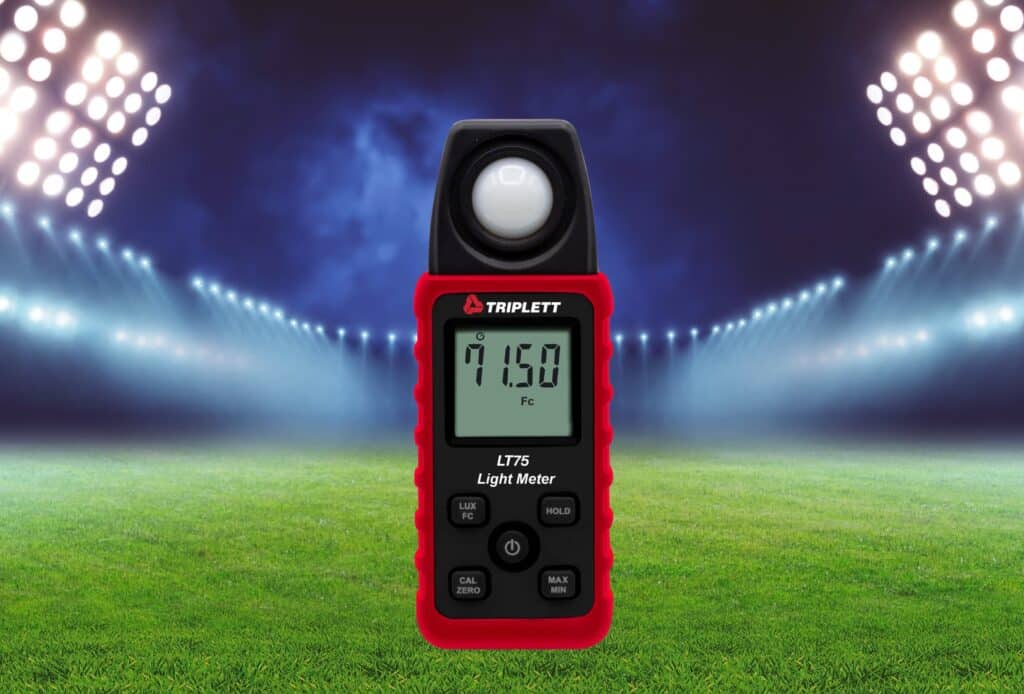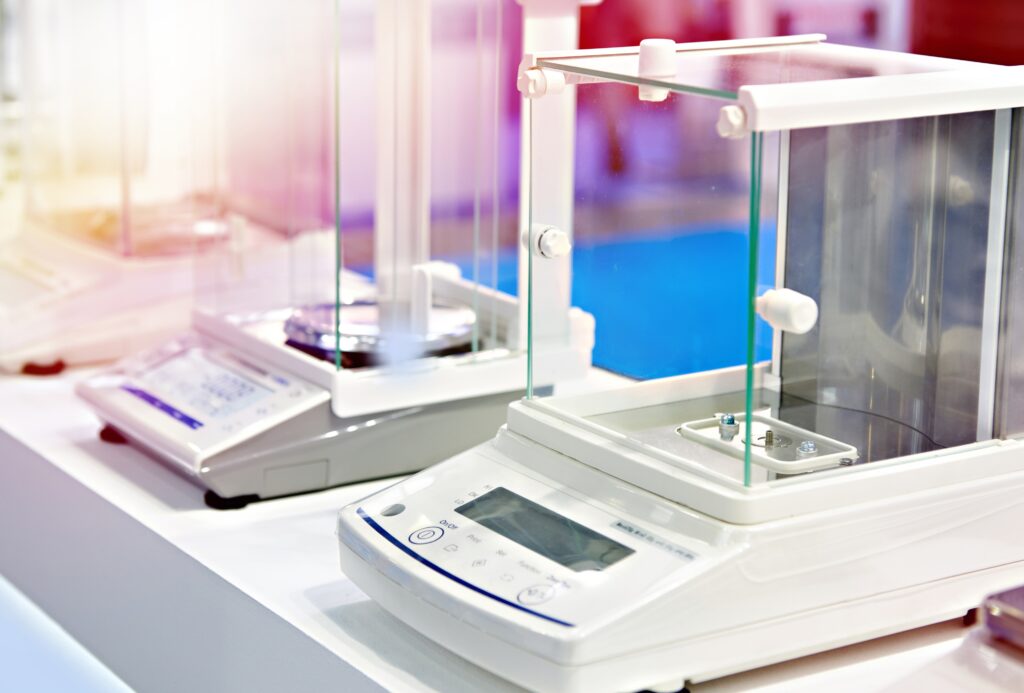Exploring the World of Industrial Borescope: Revolutionizing Inspection Technology

Welcome to the fascinating world of industrial borescope, where cutting-edge technology is revolutionizing inspection processes. From inspecting hard-to-reach areas in machinery and equipment to identifying potential defects or malfunctions, industrial borescopes are indispensable tools in various industries.
With their advanced imaging capabilities and flexible designs, these high-tech devices provide an up-close view of tight spaces that would otherwise be inaccessible. Industrial borescope are equipped with high-resolution cameras and adjustable lighting systems, enabling inspectors to capture clear images and videos. From automotive and aerospace to manufacturing and oil and gas, industries across the board are embracing the efficiency and accuracy offered by these sophisticated inspection tools.
In our comprehensive guide, we will dive into the world of industrial borescopes, exploring their features, applications, and benefits. Whether you are new to the field or an industry expert, this article will provide valuable insights into the latest advancements in borescope technology, helping you choose the right device for your specific needs.
Join us as we unveil the hidden world of industrial inspections, showcasing the incredible capabilities of borescopes and the impact they have on modern-day quality control and maintenance practices. Get ready for a journey into the unseen, where borescopes are the key to unlocking a new level of precision and efficiency.
How do Industrial Borescope Work
Industrial borescope operate by utilizing a small camera attached to a flexible tube, commonly known as an insertion probe. This probe can be maneuvered into tight spaces or through small openings to capture visual data. The camera sends real-time images or videos to a display unit, allowing inspectors to assess the condition of the inspected area. Some borescopes also feature articulation capabilities, enabling the camera head to be steered in various directions for comprehensive inspections. These devices are powered by either batteries or external power sources, depending on the model’s design.
Industrial borescopes are often used in conjunction with other inspection tools, such as magnifiers or measurement devices, to gather detailed information about the inspected components. The captured images and videos can be saved for documentation or further analysis, aiding in decision-making processes regarding maintenance or repairs. Overall, the functionality of industrial borescopes makes them indispensable in a wide range of industries where visual inspection is crucial for ensuring operational efficiency and safety.
Advantages of Using Industrial Borescope
The utilization of industrial borescopes offers numerous advantages over traditional inspection methods. One of the key benefits is the ability to conduct non-destructive testing, allowing inspectors to assess internal components without the need for disassembly. This not only saves time but also minimizes the risk of causing additional damage during the inspection process. Industrial borescopes are also cost-effective, as they reduce the need for expensive dismantling of equipment for inspection purposes.
Another advantage of industrial borescopes is their versatility in reaching confined spaces that are inaccessible to the naked eye or conventional inspection tools. By providing a visual representation of these areas, inspectors can identify defects or anomalies early on, preventing potential breakdowns or accidents. The high-resolution images captured by borescopes enable detailed analysis, contributing to more informed decision-making and proactive maintenance strategies. Overall, the efficiency and accuracy of industrial borescopes make them indispensable tools in various industries.
Applications of Industrial Borescopes in Different Industries
The applications of industrial borescopes span across a wide range of industries, each benefiting from the unique capabilities of these inspection tools. In the automotive sector, borescopes are used to inspect engine components, cylinders, and exhaust systems, allowing mechanics to identify issues such as corrosion or leaks without disassembling the entire engine. This saves time and labor costs while ensuring thorough inspections.
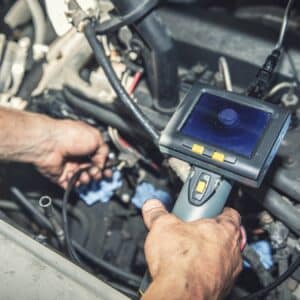
In the aerospace industry, industrial borescopes play a critical role in examining aircraft engines, turbines, and hydraulic systems. By providing visual access to intricate components, borescopes enable maintenance crews to detect wear and tear, foreign object debris, or other anomalies that could compromise flight safety. This proactive approach to inspections helps airlines maintain high standards of safety and operational efficiency.
Manufacturing plants utilize industrial borescopes to inspect production machinery, pipelines, and processing equipment for signs of wear, blockages, or other issues that could impact productivity. By integrating borescopes into routine maintenance procedures, manufacturers can identify potential problems early and schedule repairs or replacements accordingly, minimizing downtime and optimizing production output.
The oil and gas industry relies on industrial borescopes to examine pipelines, wellbores, and storage tanks for corrosion, leaks, or structural defects. By conducting regular inspections with borescopes, operators can prevent environmental contamination, ensure compliance with safety regulations, and prolong the lifespan of critical infrastructure. The versatility and precision of industrial borescopes make them indispensable tools for maintaining the integrity of oil and gas facilities.
Types of Industrial Borescopes and Their Features
Industrial borescopes are available in various types and configurations, each tailored to specific inspection requirements and environments. Rigid borescopes consist of a straight tube with a fixed camera at one end, ideal for inspecting straight-line components such as pipes or cylinders. These borescopes offer durability and stability, making them suitable for repetitive inspections in harsh conditions.
Flexible borescopes, on the other hand, feature a bendable insertion probe that can navigate through curved or narrow passages, providing access to complex geometries within machinery or equipment. These borescopes offer versatility in terms of inspection angles and directions, making them suitable for a wide range of applications across different industries. Some flexible borescopes also come with articulating capabilities, allowing the camera head to be controlled remotely for enhanced maneuverability.
Video borescopes incorporate a digital camera and display unit, enabling real-time viewing of inspection results without the need for additional equipment. These borescopes offer high-definition imaging and video recording capabilities, making them ideal for detailed inspections that require precise visual data. Video borescopes are commonly used in industries such as aviation, electronics, and research, where accuracy and clarity are paramount.
Wireless borescopes have gained popularity for their convenience and portability, eliminating the need for cumbersome cables or tethered connections. These borescopes transmit images and videos wirelessly to a compatible device, such as a smartphone or tablet, allowing inspectors to conduct inspections remotely or in confined spaces. Wireless borescopes are particularly useful in field inspections or applications where mobility is essential.
Factors to Consider When Choosing an Industrial Borescope
When selecting an industrial borescope for a specific application, several factors need to be taken into consideration to ensure optimal performance and usability. The type of inspection being conducted will dictate the required features of the borescope, such as probe length, diameter, articulation capabilities, and camera resolution. Understanding the environment in which the borescope will be used is essential, as harsh conditions or confined spaces may require specific design considerations.
The intended frequency of use and the level of durability needed for the borescope should also be evaluated, as some models are designed for occasional inspections, while others are built for continuous use in demanding environments. Battery life and power source compatibility are crucial factors to consider, especially for inspections conducted in remote locations or areas without access to external power outlets. Additionally, the ease of operation, user interface, and compatibility with other devices or software platforms should be assessed to ensure seamless integration into existing inspection workflows.
Cost considerations are also important when choosing an industrial borescope, as prices can vary depending on the features, brand, and quality of the device. It is essential to weigh the initial investment against the long-term benefits and savings that a high-quality borescope can provide in terms of improved inspection efficiency, reduced downtime, and enhanced safety compliance. By carefully evaluating these factors and conducting thorough research, inspectors can select the right industrial borescope that meets their specific needs and budget constraints.
Maintenance and Care Tips for Industrial Borescopes
Proper maintenance and care are essential to ensure the longevity and performance of industrial borescopes. Regular cleaning of the insertion probe, camera lens, and display unit is crucial to prevent dirt, debris, or moisture from affecting image quality or functionality. Soft, lint-free cloths and cleaning solutions recommended by the manufacturer should be used to gently wipe down the components without causing damage.
Inspectors should also inspect the insertion probe for any signs of wear, kinks, or damage that could compromise its flexibility or durability. It is recommended to store industrial borescopes in protective cases or pouches when not in use to prevent accidental damage or exposure to environmental elements. Battery maintenance, if applicable, should be conducted according to the manufacturer’s instructions to ensure optimal performance during inspections.
Regular calibration and testing of industrial borescopes are essential to verify the accuracy of imaging and measurement capabilities. Inspectors should follow calibration procedures outlined in the device’s user manual and seek professional assistance if calibration issues arise. By adhering to proper maintenance practices and care guidelines, inspectors can prolong the lifespan of their industrial borescopes and maintain consistent performance for reliable inspections.
Future Developments in Industrial Borescope Technology
The field of industrial borescope technology is continuously evolving, with ongoing advancements aimed at enhancing functionality, performance, and user experience. One of the key areas of development is the integration of artificial intelligence (AI) and machine learning algorithms into borescope systems, enabling automated defect detection, analysis, and predictive maintenance capabilities. AI-powered borescopes can process large volumes of visual data and provide actionable insights in real time, revolutionizing the way inspections are conducted.
If you’re interested in exploring industrial borescope products, visit to find a high-quality Industrial Borescope Inspection Camera.
Related Post
Accurate light measurement is essential for various applications, from ensuring
Analytical balances are essential in laboratories. Their high precision and
Measuring light accurately is essential for various applications. Whether you’re
In our daily lives, light plays a crucial role in
Analytical balances are crucial in scientific research and industrial applications.
Weather stations play a vital role in monitoring and predicting
